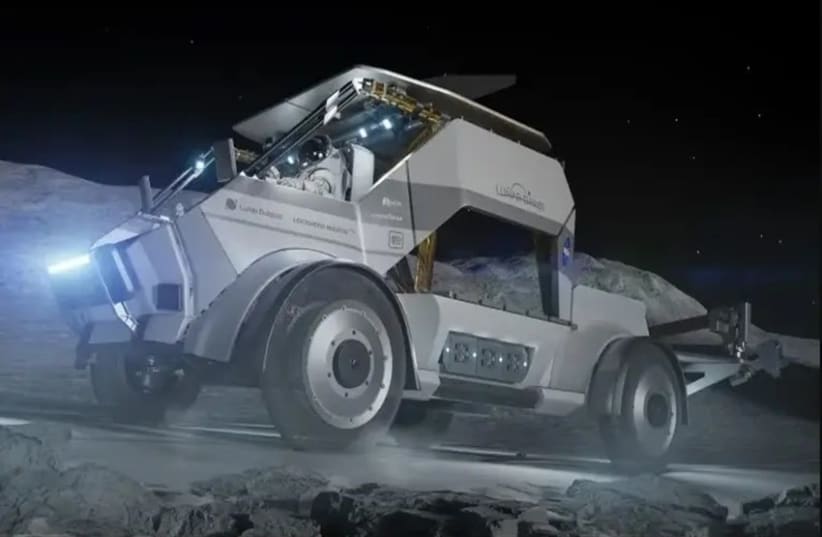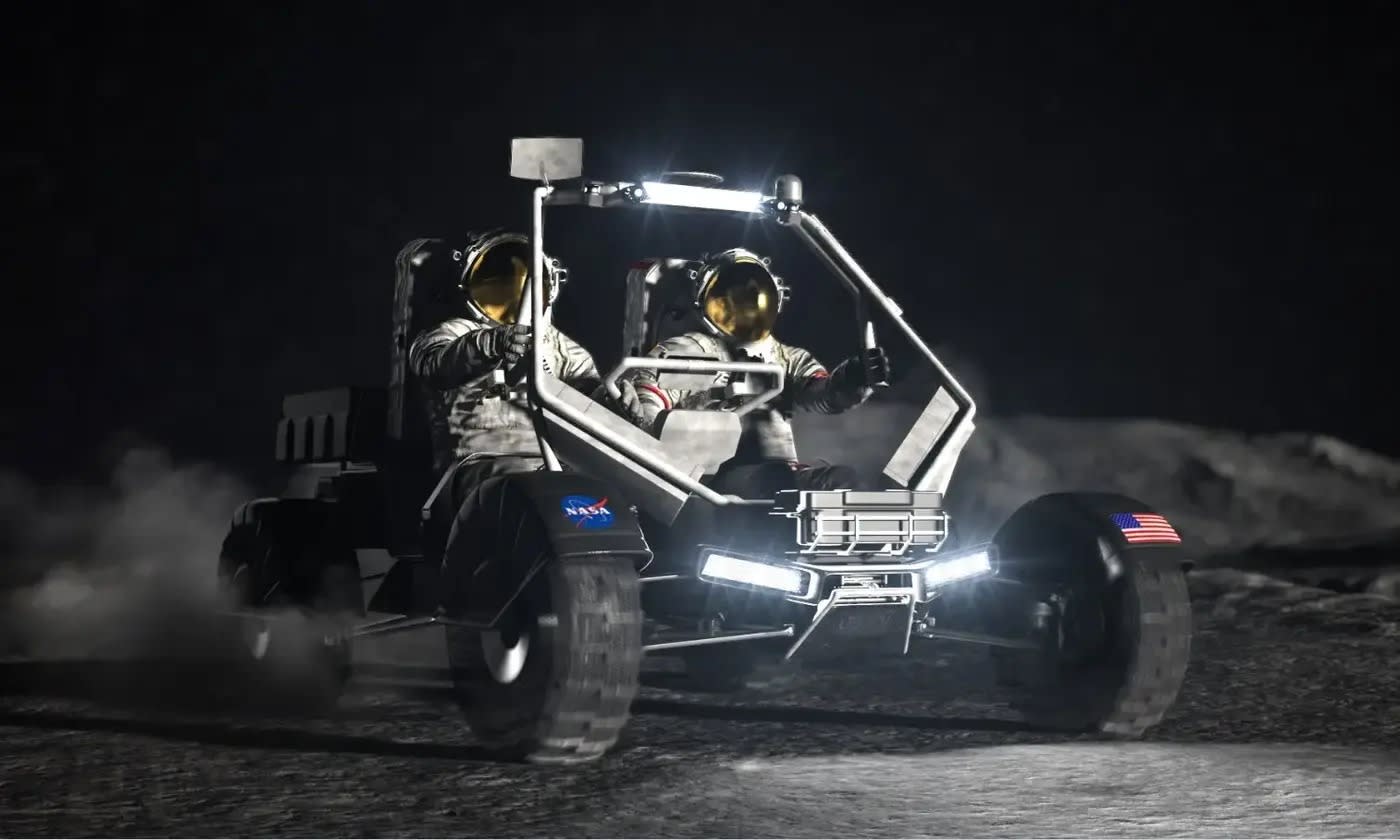With the completion of the Apollo 17 mission on December 19, 1972, one of the fascinating chapters of using wheeled vehicles was also sealed. The Lunar Roving Vehicle, or the "Moon Rover," the off-road vehicle that looked like it was built from scrap metal at a kibbutz, remained on the moon while the astronauts who used it returned to Earth. By the way, want to read more about the only vehicle that was driven on two stars? You can find it here in "Cars that Changed the World." In any case, since every wheeled vehicle landed on the moon was remotely controlled, and as strange as it may seem to call the Lunar Roving Vehicle a "car," those vehicles certainly did not fit that definition.
However, the plan to move astronauts on the moon in wheeled vehicles was pulled back, in anticipation of the target date for the "Artemis 5" program - aiming to return manned missions to the moon by the end of the decade.
The American space agency released its first request in February 2020 for proposals for a lunar terrain vehicle (LTV), and over the past four years, it has released updates, specifications, and requirements that sifted through companies whose proposals met the special needs of the vehicles.
And we are talking about dozens of companies that provide solutions for the various components of this vehicle, all of them knowing what is at stake - and much more than ever before. The first incentive is, of course, financial, in a funding-rich program budgeted at $4.6 billion, the second is also financial, but exceeds NASA's own space program.
The center does not include the purchase of vehicles by NASA but rather a kind of "leasing" - an operational contract by the winning company, which is supposed to allow it to offer car services to other agencies or even private companies that will reach the moon. The third achievement is a very rare opportunity to use the American space program as a "laboratory" for a variety of technologies that may not be expressed under regular economic-trade considerations. The fourth achievement is, of course, reputational - for the manufacturer chosen for such a tender, and their name will be associated with vehicles transported in space, this has great value in this publicity.
Indeed, dozens of companies from various fields have approached this challenge, including Lockheed Martin, General Motors, Goodyear, Bridgestone, Nissan, Michelin, Northrop Grumman, and even very strange collaborations like that of the technology and science company Leidos with the NASCAR racing circuit association in the fields of speed, accuracy, and reliability. In practice, it is not more than an opportunity to make headlines, but who knows, perhaps NASCAR will contribute from its experience of driving in circles both on the perimeter and around the moon.
Now the space agency informs about the three companies that have entered the final stage of the competition. Intuitive Machines, Lunar Outpost, and Venturi Astrolab are the three partnerships that the agency has invited to send their next vehicle designs. The plan is to create a kind of "challenge bid" in which over the next year NASA will provide companies with requirements for specific missions, and they will need to come back to it with solutions and demonstrations for these challenges.
At Intuitive Machines, Northrop Grumman (which in the 60s attempted to present its own spacecraft), Boeing, and Michelin are collaborating - the latter also being the company that landed a private spacecraft on the moon at the end of February this year, becoming the first American spacecraft to do so since 1972. At Venturi Astrolab, there are Odyssey and Axiom.
One of the partnerships - Lunar Outpost includes Lockheed Martin and General Motors, both of which were involved in the previous round of lunar landing vehicles in the early 70s. Lockheed in the competition stages and General Motors in the construction of the vehicle itself.
As with the original vehicles, here too the propulsion is of course electrical. At General Motors, they intend to use their "Ultium" engines and batteries, which they use in their electric cars and will use in their electric models in the future. Of course, in the 50 years that have passed since then, the challenges that the companies will face this time are completely different. For comparison, if the previous generation of lunar landing vehicles was limited to distances of a few miles, mainly to allow astronauts to return on foot in case of malfunction - this time the requirements are for a vehicle that can cover very long distances, sometimes unoccupied and even remotely unoccupied - but completely autonomous.


